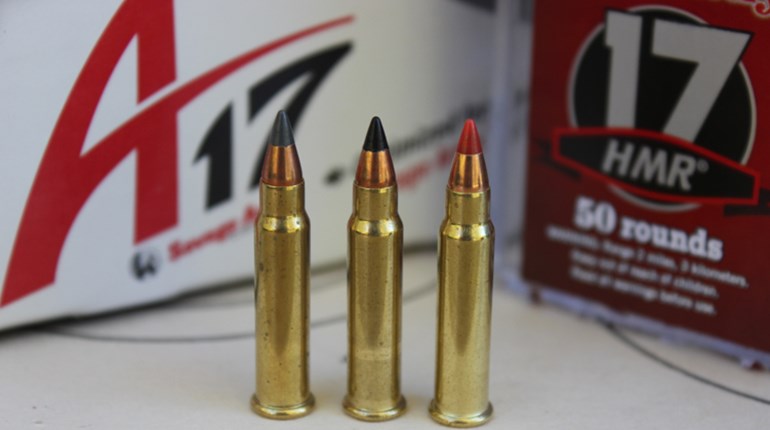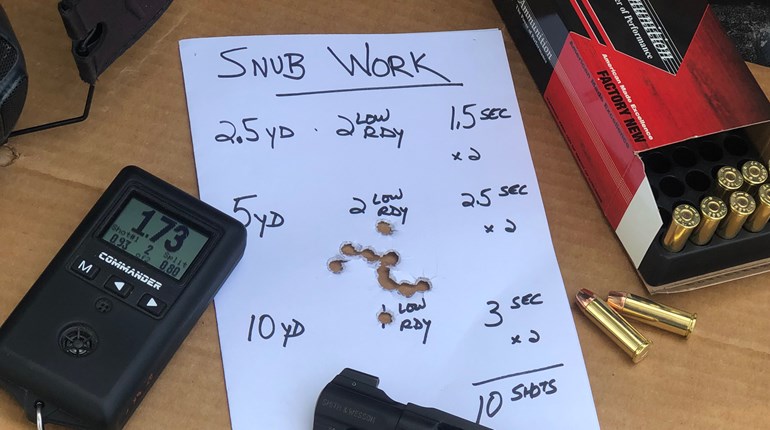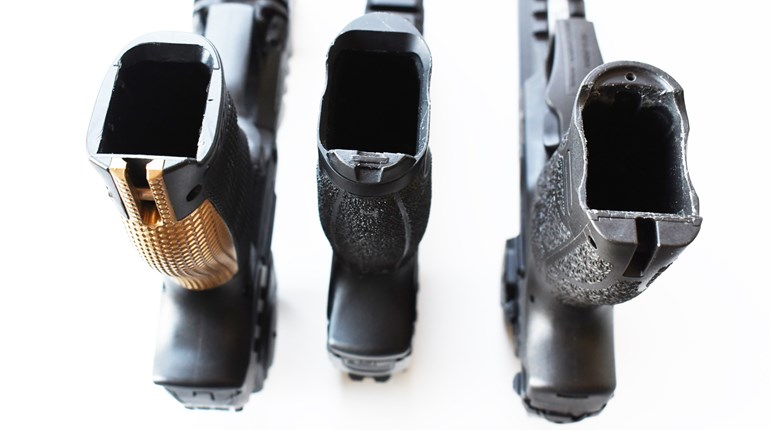
While hunting whitetails in Saskatchewan four years ago, I decided the best option to fill my tag was to spend the entire day in a blind positioned alongside a deer trail. I rose before dawn and checked the metal thermometer on the door of the outfitter’s barn, which registered minus 12 degrees Fahrenheit. Thirty minutes later my guide dropped me off in a pop-up blind, and I crawled inside for what would be the longest and most challenging hunt of my life.
It wasn’t the cold that bothered me. A body suit kept me warm and comfortable; of course any exposed skin suffered in the frigid air. When I reached for my sandwich, which I had left in my pack outside the body suit, I found it frozen solid along with my apple and water bottles. Thankfully, my potato chips were still edible.
That was a difficult day because I had trouble staying focused. I didn’t feel confident that I’d see a deer, and my mind kept wandering. It was one of the few times I didn’t want to be in the woods. My mental state had less to do with my hunting conditions and more to do with my failure to properly prepare for an all-day sit. It’s quite possible (probable, even, given the level of deer activity at the time) that a deer passed through the trees and I failed to notice it. I swore that if I ever invested another full day of my life sitting in the woods waiting to tag a deer, I’d be better prepared.
I believe there are three primary reasons why all-day sits fail. Here’s a list of those reasons as well as ways to combat each of them.

Step One: Beat Discomfort
This is the primary reason hunters pull the cord on all-day sits. It’s tough to sit in a tree or ground blind all day, but it’s almost impossible to do so if you’re too cold, too warm or soaking wet. That’s why high-quality clothing is worth the price.
Hunters have learned that layering is the key to regulating temperature. The widely accepted three-layer system, which consists of a base layer, mid layer and outer layer, works well, but you must understand why this system works—and what may cause it to fail.
The base layer should be made of thin, wicking fabric. Cotton is out because it holds moisture, which robs the body of heat. The mid layer is an insulating layer that is designed to hold heat while still wicking away moisture. The outer layer is your protection against wind and rain, and it provides an additional insulating layer. Moisture is your enemy, so don’t pile on all your layers then hike a mile to your stand. Instead, shed your top layer and allow the perspiration to evaporate. Any exposed skin will lose heat, so a face mask, beanie and gloves that extend above the cuff of your jacket will help retain heat. Mittens are warmer than gloves, but in recent years I’ve come to prefer a hand-warmer muff with heat packs inside, and I always carry extra hand and foot warmers. In extreme cold, a sleeping bag or body suit will help keep you warm.
Make your stand or blind as comfortable as possible. Take cushions on which to sit and make certain that you have a comfortable backrest. Early-season deer hunts can be quite hot, so position your stand or blind under a canopy of vegetation that provides some relief from the sun.
Step Two: Proper Nutrition and Hydration
What you eat and drink prior to and during your hunt can impact success or failure. Water is a key component to thermoregulation, and your body temperature stabilizes when you are properly hydrated. This means you need to drink fluids, even on cold days. But water plays another important role: it reduces fatigue. Drinking water will help you stay focused on the hunt.
Food is also an important consideration for an all-day sit. Remaining perched in a tree or ground blind may not feel like exercise, but your body is working to keep you warm on cold days. This requires more calories, and that means you must keep eating. Snack periodically, about every hour or so, because small, frequent calorie intakes offer several advantages for hunters. You won’t take in a lot of calories at once, which can lead to fatigue. Regular eating also normalizes blood sugar levels, so you won’t be as sleepy or jittery. Be sure to keep food like trail mix, energy bars, jerky and dehydrated fruit somewhere that is easy to access to minimize movement. Digging for the sandwich and cookies that have fallen to the bottom of your pack is a sure way to spook the buck that’s finally decided to move.

Step Three: Be Mentally Prepared
Sitting on stand all day is a mental chore. There’s a good chance that there won’t be a lot of movement during the day, and these lulls in the action are what prompt hunters to bail out of the blind and head for home. Be prepared to fight that urge.
Beating mental failure begins before you ever set foot in the stand. Choose your hunting site wisely and have faith you’ll see deer, ignoring the impulse to switch locations throughout the day. Plan your approach in the morning so you’re heading into the wind and try to move into position with minimal disturbance. This increases the odds you’ll see deer during the day, and seeing deer is oftentimes enough to maintain a positive frame of mind. You’re sitting in the woods all day in the hopes of tagging a deer, and you’ve done the work required to make that happen.
Some hunters like to read a book or browse the web, but I prefer to fight those impulses. Instead, begin seeing the woods as a deer does. Learn the location of every broken branch, every downed log, every creek drainage and cluster of grass. Start identifying tree species around your stand site, identify bird songs, or any other task that keeps you engaged and focused on the surrounding habitat. What you’ll find is that when you’re paying close attention to your surroundings you’re more in-tune with the woods and more likely to catch a glimpse of a brown form moving between the trees, or the nervous flick of an ear.
It’s not easy to sit in a ground blind or stand all day, but that’s part of the game plan if you’re going to consistently tag big bucks. Busy schedules leave us with limited time to hunt. It makes sense to take the steps necessary to capitalize on the time you have in the woods, and being able to sit all day helps accomplish that.

































